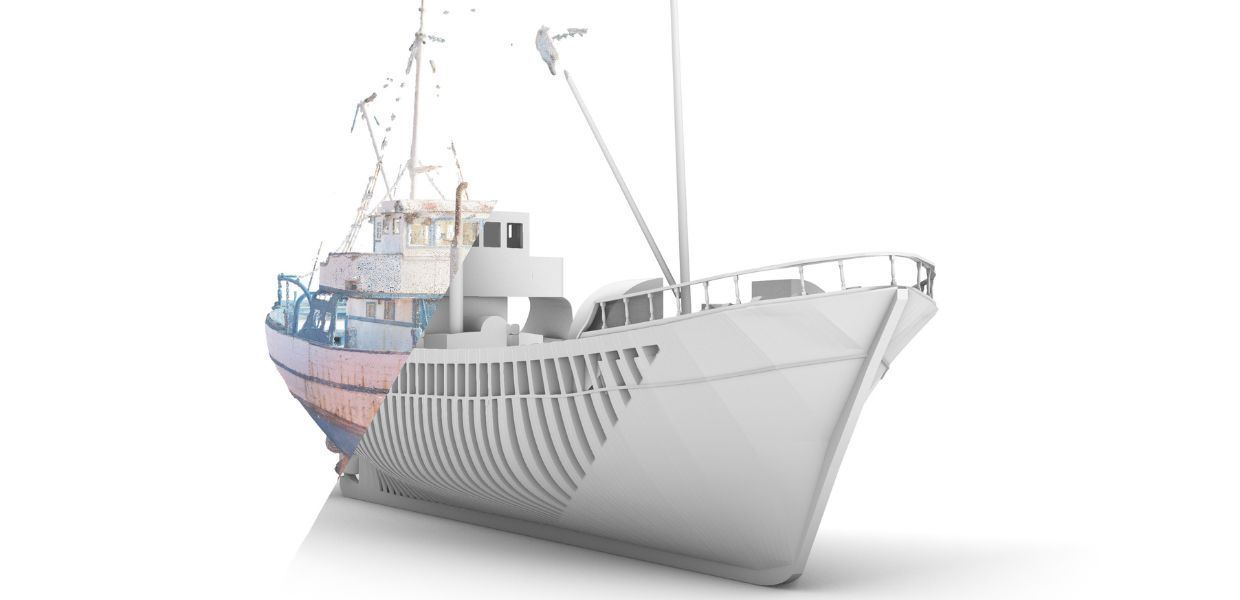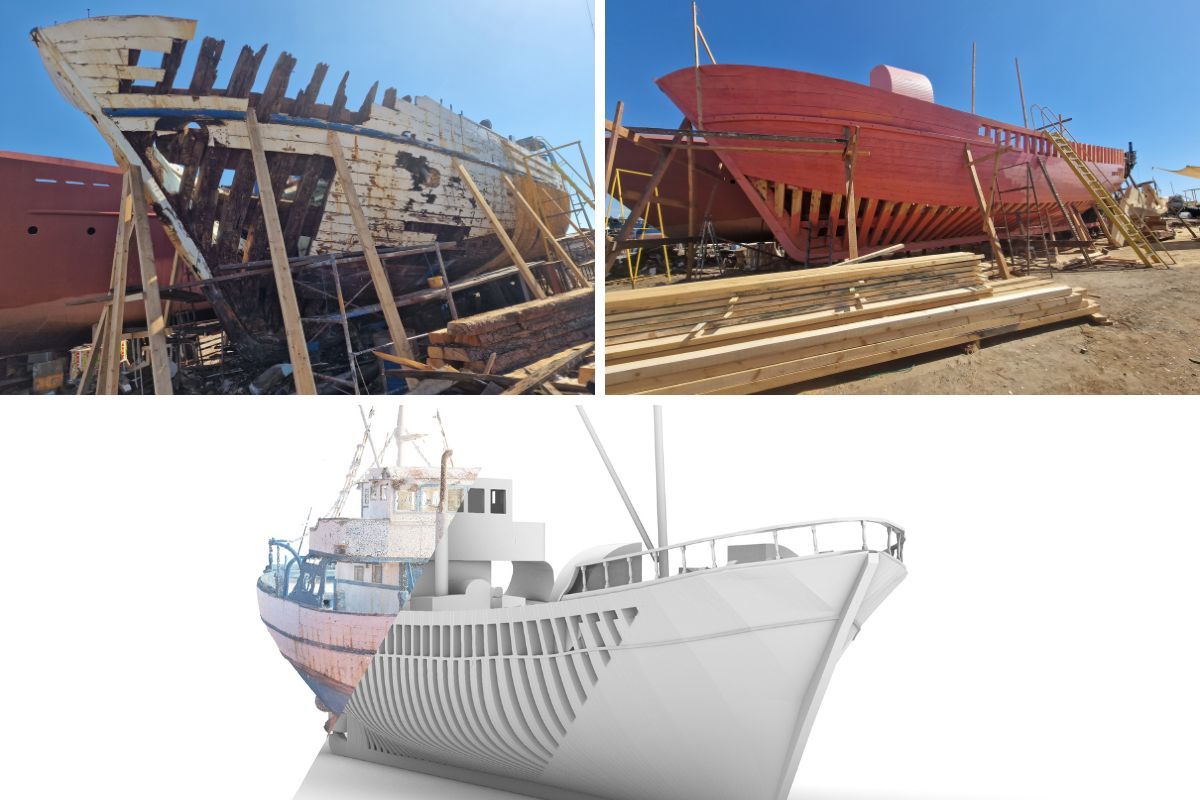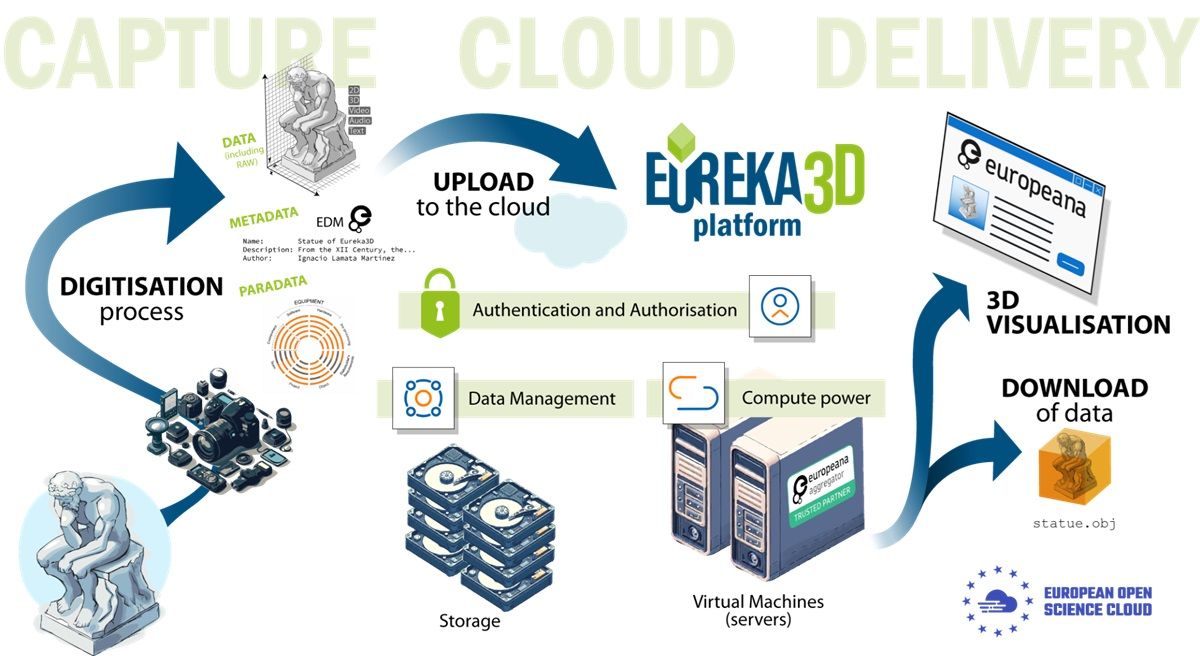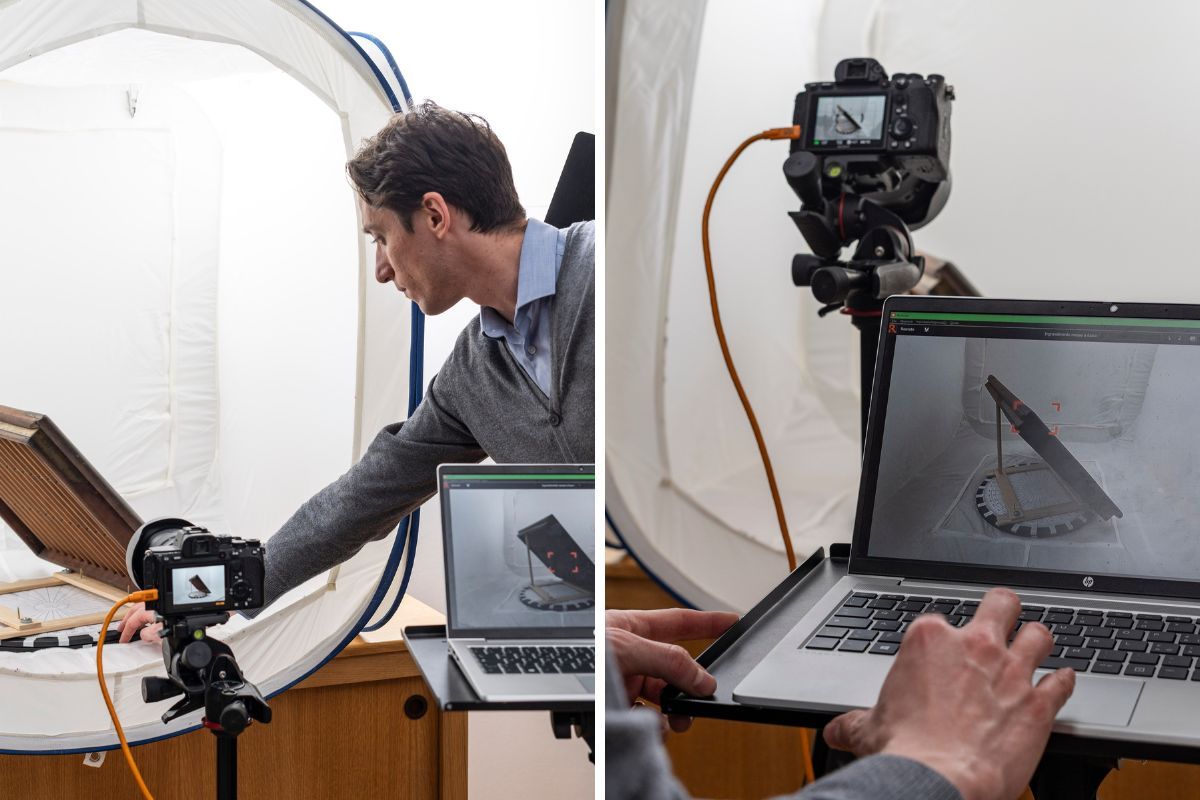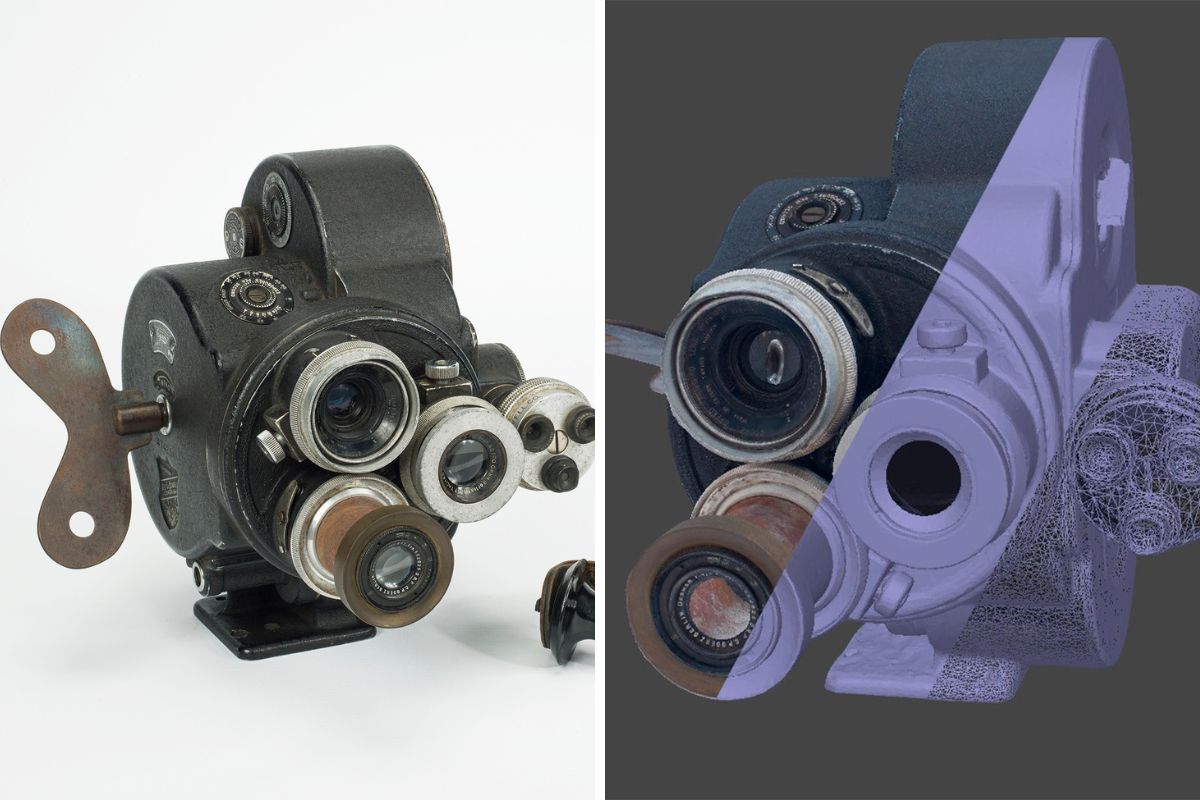Building capacity in the data space - and beyond
During 2023 Eureka 3D organised several events to support and build capacity in cultural professionals, students and technology partners who want to work with 3D: the information and resources from these sessions are available on the project website, and more events will be organised during 2024.
At these events, project partners also gained feedback and insight from participants, especially about requirements for 3D, such as: the need to access tools and resources (especially storage); the need to better understand the formats available for different purposes of preservation and reuse of 3D models; the need to better understand what types of information on the creation process (i.e. the paradata) are important to be collected and why they are important. These requirements need to be taken into account for further training actions.
The next step of EUreka3D in the future will be to build applications that will use the EUreka3D platform to enable the creation of cultural experiences with the content, for research, educational, touristic, social and entertainment activities, in the data space and onsite.
Impact of 3D collections, and inspiring examples
As part of Eureka3D's capacity building activities, the project is developing use cases to show how 3D offers new ways to stimulate interest in cultural heritage, by enabling the creation of more advanced collections to represent not only cultural objects but also the story and memories associated with them. This enhances storytelling and knowledge sharing, also breaking borders related to age, social status or cultural background of the public (especially digital natives), to support the mission of heritage institutions.
